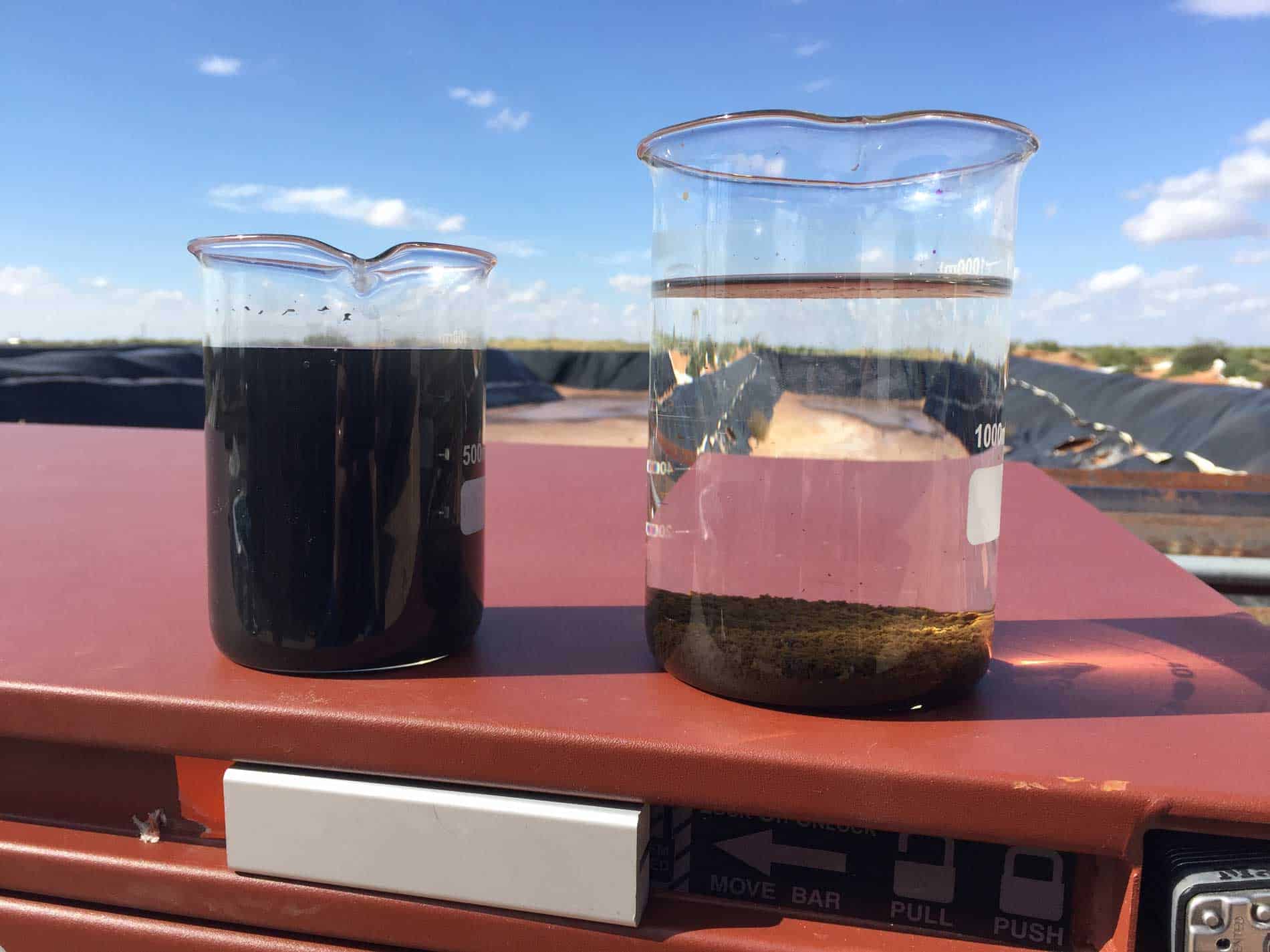ISO 9377 Oil Content in Water by GC-FID Test
The ISO 9377 standard provides a robust method for determining oil content in water using gas chromatography with flame ionization detection (GC-FID). This technique is particularly significant in the oil and gas sector as it ensures compliance with stringent environmental regulations aimed at minimizing the impact of produced waters on ecosystems. Produced waters are byproducts of petroleum extraction processes, which often contain various hydrocarbons, salts, and other contaminants. Accurate measurement of these constituents is crucial for effective waste management and environmental protection.
The GC-FID method allows for precise quantification of volatile organic compounds (VOCs) present in water samples, including n-alkanes and polycyclic aromatic hydrocarbons (PAHs). This capability makes it an indispensable tool in the analysis of produced waters from oil fields. The procedure involves several key steps: sample collection, filtration to remove particulates, extraction using a solvent like hexane, and injection into the GC-FID system for analysis.
The ISO 9377 method is widely recognized for its reliability and accuracy, which makes it suitable for both research and regulatory compliance. It allows laboratories to generate consistent results that are accepted globally, facilitating international trade and collaboration in the oil and gas industry. Compliance with this standard ensures that produced waters meet environmental standards set by various governing bodies.
The GC-FID technique is preferred over other methods due to its sensitivity and specificity, enabling detection of trace amounts of hydrocarbons even in complex matrices. This precision is essential for industries dealing with stringent emission limits and water quality regulations. The method's ability to differentiate between different types of hydrocarbons provides valuable insights into the composition of produced waters, aiding in the development of more efficient treatment processes.
The instrument used for this test typically includes a gas chromatograph equipped with a flame ionization detector (FID). The GC-FID system is capable of providing quantitative results that are highly reproducible and reliable. Calibration of the instrument using known standards ensures consistent performance across multiple analyses. Quality control measures, such as running blank samples and spiked replicates, further enhance the accuracy and reliability of the test.
The ISO 9377 standard specifies detailed procedures for sample preparation, including the use of appropriate solvents and extraction techniques. Proper sample handling is crucial to avoid contamination and ensure accurate results. The method also outlines specific parameters for instrument calibration, ensuring that the GC-FID system operates within defined limits of performance.
The application of ISO 9377 in oil and gas testing extends beyond mere compliance; it provides critical data on water quality that can inform decision-making processes related to environmental impact assessments. By quantifying hydrocarbon content in produced waters, this method supports the development of strategies aimed at reducing pollution levels and promoting sustainable practices within the industry.
Scope and Methodology
| Step | Description |
|---|---|
| Sample Collection | Collection of water samples from production wells or treatment facilities. |
| Filtration | Filtration to remove particulates, ensuring clear and homogeneous sample for analysis. |
| Extraction | Use of hexane to extract hydrocarbons from the water sample. |
| Injection | Injection of the extracted hydrocarbons into the GC-FID system for quantification. |
| Data Analysis | Interpretation of chromatographic peaks to determine oil content in parts per million (ppm). |
The ISO 9377 method is designed to be adaptable, allowing laboratories to customize the procedure based on specific project requirements. This flexibility ensures that the test remains relevant and effective across various applications within the oil and gas sector.
International Acceptance and Recognition
- The ISO 9377 standard is widely recognized in international regulatory frameworks, including those of the European Union (EU), United States Environmental Protection Agency (US EPA), and various other national agencies.
- This global acceptance ensures that results obtained through this method are universally acknowledged, facilitating seamless trade and collaboration between nations.
Compliance with ISO 9377 is crucial for companies operating in multiple jurisdictions, as it aligns with international standards and promotes consistency in water quality assessments. The standard's widespread adoption underscores its importance in maintaining environmental compliance across diverse geographic locations.
Competitive Advantage and Market Impact
- Prioritizes the accurate quantification of oil content, enabling companies to meet stringent regulatory requirements.
- Supports strategic decision-making by providing detailed insights into water quality, which can inform process optimization and waste management strategies.
- Facilitates compliance with international standards, enhancing a company's reputation as an environmentally responsible entity.
The ISO 9377 method offers significant competitive advantages in the oil and gas sector by ensuring that companies adhere to strict environmental regulations. This alignment with global standards can lead to enhanced market opportunities and improved stakeholder relationships. By demonstrating commitment to sustainability, organizations can position themselves favorably in the marketplace.





